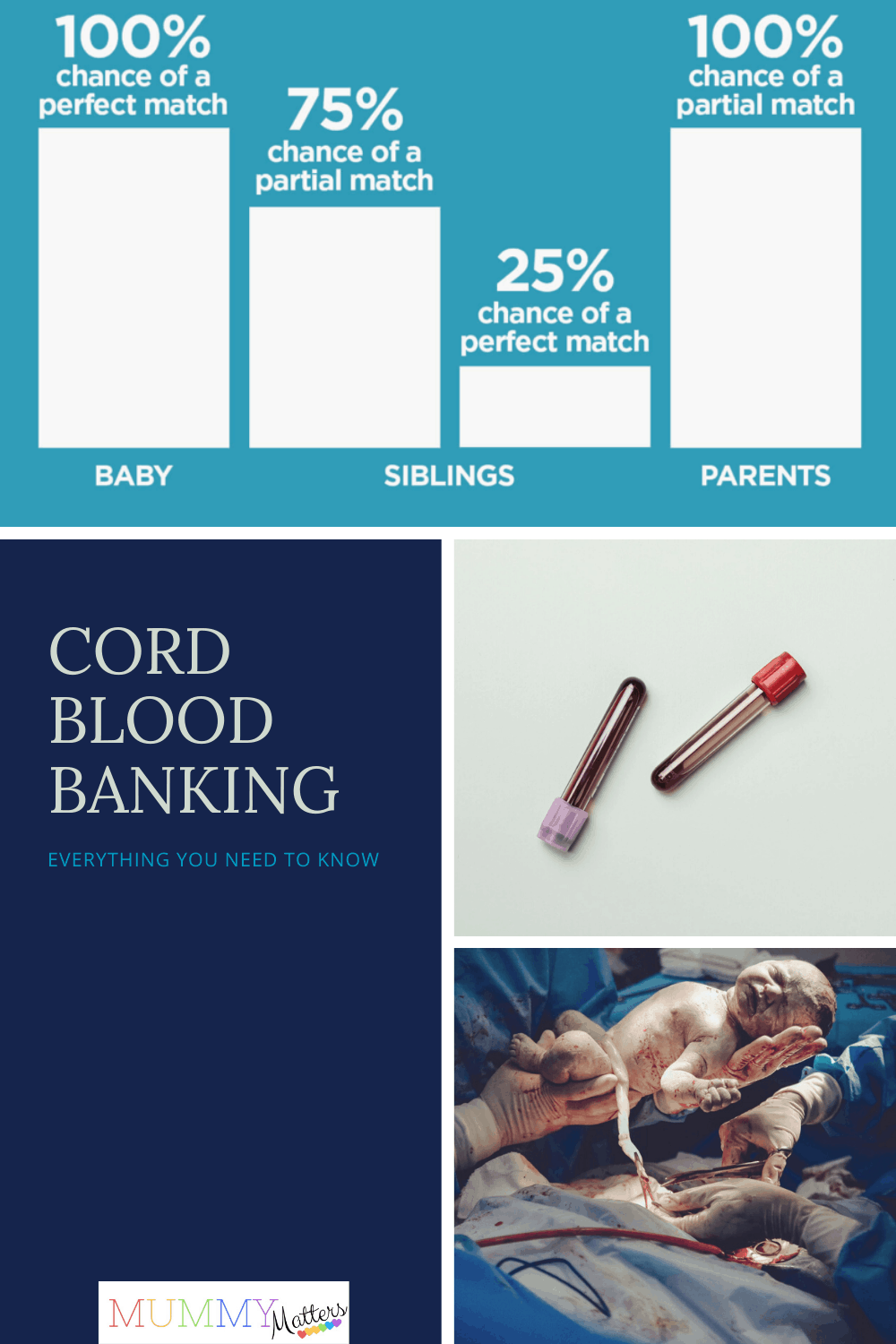Whether you are thinking about having a baby or are currently pregnant, the thought of expanding your family can be both exciting and daunting at the same time. There are so many things to consider! What should my birthing plan be? What do I pack in my hospital bag? What do I need in my nursery? And this list seems to continue growing as you get closer to your due date.
A decision that is becoming more routinely considered by parents-to-be as part of their birth plan is whether or not to bank their baby’s umbilical cord blood. Collecting umbilical cord blood may seem like a strange concept, but the number of families choosing to store their baby’s umbilical cord has risen sharply in recent years – by a whopping 60%!
So what is all the fuss about? I’ve teamed up with Cells4Life, the UK’s leading cord blood bank, to help you make an informed decision about cord blood banking. Here, you’ll find everything you need to know from what stem cells are, to what the potential uses of stem cells are, to recent developments in stem cell research.
What are stem cells?

Stem cells are commonly referred to as the ‘building blocks of life’, and quite rightly so. These cells play an important role in developing us as babies in the womb and continue to support us as we grow old.
What makes stem cells unique is the fact that they are undifferentiated, or “blank”, meaning that they can transform into other types of cells in the body to fuel growth and repair tissue. When we are sick or a part of our body is damaged, these stem cells have the power to repair, regenerate and replace any damaged or diseased tissue.
One of the richest and purest sources of stem cells is the umbilical cord. Your baby’s umbilical cord contains millions of these stem cells and is probably the most powerful stem cells your baby will ever have.
That’s why thousands of parents are choosing to store their baby’s umbilical cord blood.
How can stem cells be used?
Umbilical cord stem cells have been used since the 1980s when cord blood was used to save the life of a five-year-old boy with Fanconi Anaemia. Fast forward 30 years and cord blood have been used in over 35,000 transplants. Now, umbilical cord stem cells are routinely used by doctors to treat blood cancers such as leukaemia, as well as immune disorders, such as severe combined immunodeficiency (SCID).
Scientists and researchers are also using these powerful stem cells in hundreds of clinical trials across the world to investigate treatments to conditions such as arthritis, brain injury, multiple sclerosis and many more.
Recent developments in stem cell research have even shown that stem cells can grow entire organs from scratch! Who knows what will be possible in the years to come?
Who can use stem cells?

Many parents describe cord blood banking as a type of “biological insurance policy”, which ensures that their baby will always have access to their perfect stem cell match. Cord blood stem cells could even be used to treat the whole family.
Is it cord blood banking compatible with delayed cord clamping?
Another important decision that comes with being an expectant parent is whether to opt for delayed cord clamping. Delayed cord clamping is when the umbilical cord isn’t clamped immediately after birth and is instead delayed by a minute or so. This allows the blood from the placenta to continue being transferred to the baby. However, this means that the amount of blood available for cord blood collection is significantly reduced.
Some parents who want to do both delayed and cord blood banking may think that they have to choose between the two. But that’s not the case!
Thanks to technology, some cord blood banks provide a service that is fully compatible with delayed and optimal cord clamping. With Cells4Life’s CellsPlus unique processing method, small volumes of blood can still be processed allowing parents to do both.
What to consider before choosing a cord blood bank?

So you’ve decided to go for it and choose cord blood banking – but where do you begin with choosing a cord blood bank? Some important things to consider before you choose include:
- What standards do they meet? They should be approved by a reputable regulatory agency, such as the American Association of Blood Banks (AABB) and the UK NEQAS Standard to ensure that they meet consistently high standards.
- How much experience do they have? A cord blood bank’s experience is a good indication of their capabilities to not only store your baby’s cord blood but also successfully release it for a treatment, if and when it is needed.
- How many viable cells are available at the point of treatment? The number of cells that you have stored can determine how successful a treatment is. Generally, the more cells you have, the better. That’s why it is important to choose a cord blood bank which offers a processing technology that provides the highest number of stem cells possible.
If you are interested in banking your baby’s umbilical cord blood, Cells4Life is the UK’s largest cord blood bank, storing stem cells for the most parents in the UK. They have stored more than 140,000 samples and offer the only cord blood banking service that’s fully compatible with delayed cord clamping.
To find out more about cord blood banking, download your free parents’ guide here.

